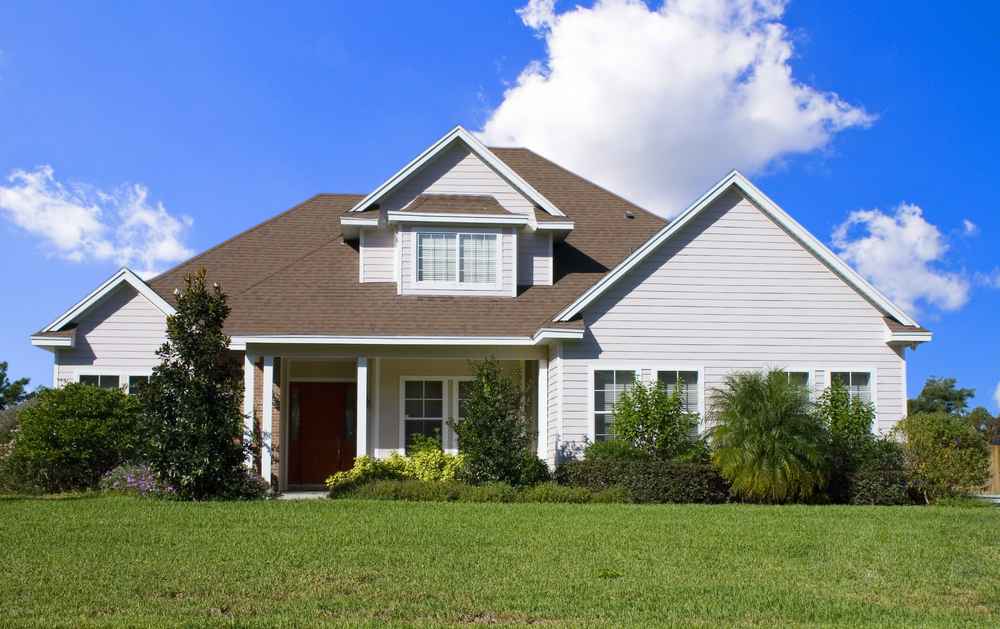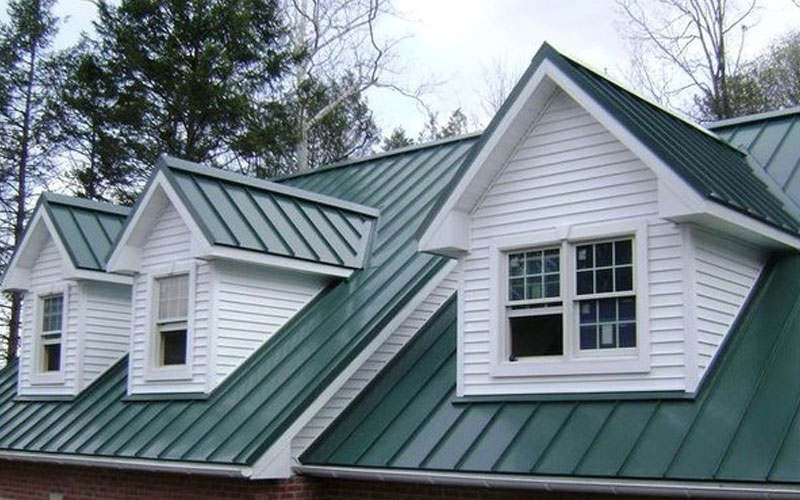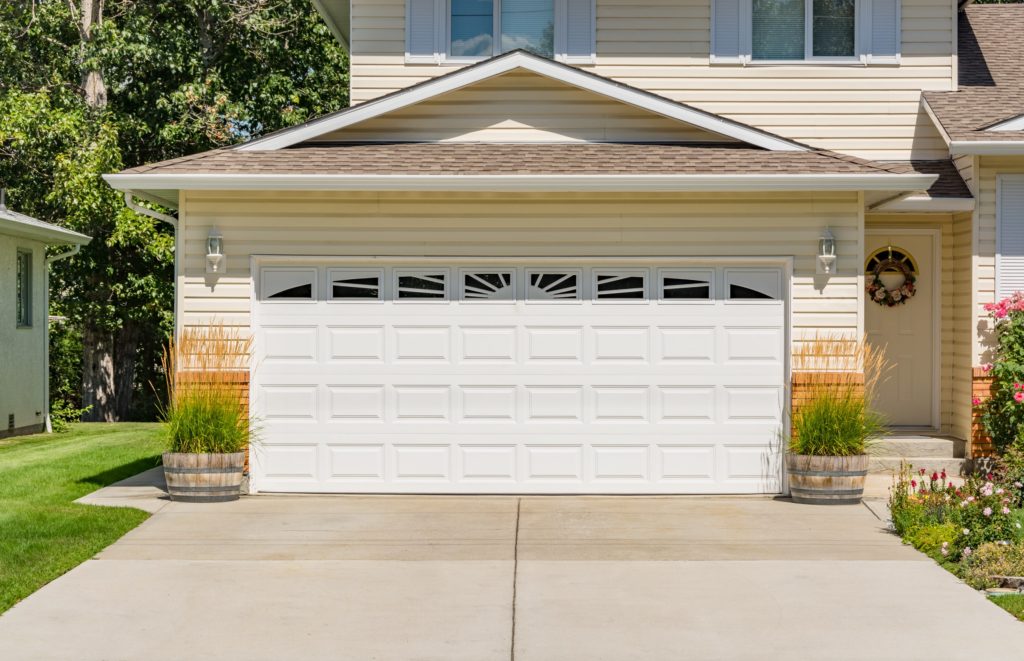The Ultimate Guide to Preventing Roof Leaks in Heavy Rain
Picture this: a stormy night with torrential rain hammering down on your home. You’re nestled inside, feeling secure until you hear the ominous sound of water dripping from above. Roof leaks in heavy rain can transform your sanctuary into a source of anxiety and potential disaster. The dread of costly repairs and water damage looms large, making prevention not just wise but essential. This guide is your roadmap to fortifying your roof against nature’s onslaught, ensuring that your home remains a dry haven no matter how hard it pours.
Decoding Your Roof’s Blueprint
Understanding the intricate structure of your roof is essential for preventing leaks during heavy rain. A roof is more than just a layer of shingles; it’s a complex system comprised of several key components, each working together to protect your home from the elements. By decoding your roof’s blueprint, you can pinpoint areas that might be vulnerable to leaks and address them proactively. Recognizing how these elements fit together helps ensure that your roof can withstand the relentless impact of heavy rainfall, keeping your home safe and dry.
The primary elements to focus on include shingles, underlayment, and flashing. Shingles serve as the first line of defense, protecting the underlying layers from direct exposure to rain and wind. However, over time, shingles can become damaged or dislodged, leading to potential entry points for water. Underneath the shingles lies the underlayment, a crucial barrier that provides additional protection against moisture. Selecting a high-quality underlayment and ensuring it’s installed correctly can significantly reduce the risk of leaks. Meanwhile, flashing, typically made from metal, is used around roof protrusions such as chimneys and vents to seal joints and prevent water ingress. Properly installed flashing is vital for preventing water from seeping into these vulnerable areas.
By gaining a clear understanding of these components and their roles, homeowners can better identify warning signs of potential issues. Regular inspections can help catch problems like cracked shingles, worn underlayment, or poorly sealed flashing before they escalate into major leaks. Additionally, taking preventive measures such as timely repairs or upgrades to more durable materials can fortify your roof against even the most severe weather. This proactive approach not only extends the life of your roof but also ensures you maintain a leak-free home environment, providing peace of mind even during the heaviest downpours.

Roofing Repair
Identifying Early Warning Signs
Identifying early warning signs of roof damage is crucial in preventing leaks during heavy rain. The ability to recognize these signs can be the difference between a simple repair and extensive water damage. One of the most common indicators of potential leakage is missing or damaged shingles. Shingles can be dislodged by strong winds or deteriorate over time due to exposure to the elements. Their absence can allow water to penetrate your roof, leading to leaks. Regularly inspecting your roof for such visible damage can help you address issues promptly, ensuring your roof remains watertight.
Water stains on your ceiling or walls are another red flag that should not be ignored. These stains often indicate that water has found its way through your roof and is seeping into your home. They can appear as discoloration or even bubbling paint and are often accompanied by a musty odor. Catching these signs early can prevent further water damage to your home’s structure and interior. Investigating the source of these stains is essential, as they can point to specific areas on your roof that need attention, such as compromised flashing or underlayment.
Sagging areas on your roof are also a significant warning sign. A sagging roof suggests structural issues that could be exacerbated by heavy rain. It might be caused by water pooling, inadequate support, or previous water damage. Regular inspections, especially after storms, can help detect these problems before they worsen. If you notice sagging, it’s crucial to consult a professional to assess the extent of the damage and recommend appropriate repairs. By keeping an eye out for these early warning signs and addressing them promptly, you can significantly reduce the risk of leaks during heavy rain and maintain the integrity of your roof.
The Power of Preventive Maintenance
Preventive maintenance is a powerful tool in safeguarding your roof against leaks during heavy rain. Regularly scheduled inspections are at the heart of this approach, serving as a proactive measure to identify and address potential issues before they escalate. During these inspections, attention is given to all aspects of the roof, from shingles and gutters to flashing and underlayment. By catching minor wear and tear early, homeowners can prevent small problems from developing into costly leaks. This routine check-up ensures that any signs of damage, such as loose shingles or clogged gutters, are swiftly dealt with, thus maintaining the roof’s ability to repel water efficiently.
Cleaning is another vital aspect of preventive maintenance that can significantly enhance a roof’s durability during heavy rain. Debris such as leaves, twigs, and dirt can accumulate on a roof and in the gutters, impeding the flow of rainwater and causing it to pool. This standing water can seep into the roof’s structure, leading to leaks and potential water damage inside the home. Regular cleaning eliminates this risk by ensuring that gutters and downspouts remain clear and functional, allowing rainwater to be channeled away from the roof effectively. Additionally, removing debris from the roof surface reduces the weight and stress on the roofing materials, prolonging their lifespan.
The long-term advantages of maintaining a healthy roof through preventive maintenance are manifold. Not only does this approach extend the life of the roof, but it also enhances the overall safety and comfort of the home. By investing time in regular maintenance, homeowners can avoid the stress and expense associated with emergency repairs and water damage. A well-maintained roof not only performs better during heavy rain but also contributes to the home’s energy efficiency and curb appeal. Ultimately, embracing preventive maintenance empowers homeowners to protect their investment and ensure their home’s integrity, regardless of the weather conditions.

Roof Maintenance
Mastering Gutter Care
Proper gutter maintenance is essential in preventing roof leaks during heavy rain, as gutters play a crucial role in directing water away from your roof and home. By efficiently channeling rainwater to the ground, gutters prevent it from pooling on your roof, which could lead to leaks and water damage. Without functioning gutters, water can seep into your home’s structure, causing not only roof leaks but also potential damage to walls, ceilings, and foundations. Understanding the pivotal role that gutters play in roof protection is the first step toward maintaining a leak-free home environment.
Clogged gutters are a common issue that can severely impact their ability to perform correctly, especially during heavy rain. Debris such as leaves, twigs, and dirt can accumulate in gutters, obstructing the flow of rainwater. When gutters are blocked, water can overflow and spill onto the roof, increasing the likelihood of leaks. Over time, this excess water can cause shingles to deteriorate and even lead to structural damage. Regularly cleaning out your gutters and ensuring they are free from obstructions is vital for maintaining their efficiency and protecting your home from potential water damage.
Effective gutter care involves a few key practices that can help you maintain their functionality throughout the year. Regular inspections should be conducted to check for signs of damage or blockages. It’s important to clean gutters at least twice a year, particularly in the fall when leaves are more likely to accumulate. Additionally, consider installing gutter guards to minimize debris buildup and reduce maintenance frequency. Ensuring that downspouts are clear and directing water away from the foundation is equally important. By mastering gutter care, you can enhance your roof’s resilience against heavy rain, safeguarding your home from leaks and the costly repairs that often accompany them.
Investing in Durable Roofing Materials
Investing in durable roofing materials is a wise strategy for preventing leaks during heavy rain. The choice of materials directly impacts the roof’s ability to withstand severe weather conditions and maintain its integrity over time. Durable roofing materials, such as metal, slate, or high-quality asphalt shingles, are designed to resist water penetration and endure the elements without degrading. These materials often feature superior water-shedding capabilities, enhanced UV resistance, and increased strength compared to their less robust counterparts. By opting for materials that offer proven durability, homeowners can significantly reduce the risk of leaks and extend the lifespan of their roofs.
The long-term advantages of using durable roofing materials are substantial. While the initial investment might be higher than standard options, the savings on repair and maintenance costs over the years make them cost-effective. Durable materials are less likely to suffer from wear and tear, which means fewer instances of damage that could lead to leaks. Moreover, many durable roofing options come with extended warranties, providing peace of mind and protection against manufacturing defects or premature failure. These materials also enhance the home’s overall energy efficiency by providing better insulation, thus lowering heating and cooling costs. This combination of durability and efficiency makes them a smart choice for homeowners looking to safeguard their investment.
A roof constructed with durable materials not only contributes to a leak-free home but also adds to the property’s aesthetic and market value. Materials like slate and metal offer elegant and timeless looks that enhance curb appeal while maintaining functionality. Additionally, the resilience of these materials in harsh weather conditions helps preserve the structural integrity of the home, preventing costly water damage to walls, ceilings, and foundations. By investing in high-quality materials, homeowners ensure their roofs are prepared to handle heavy rain with ease, thereby protecting their homes and families from the challenges brought by severe weather.

Roof Cleaning
Innovative Waterproofing Solutions
Innovative waterproofing solutions are revolutionizing the way homeowners prevent roof leaks during heavy rain, offering advanced techniques and materials that significantly enhance a roof’s resilience. Traditional roofing methods often fall short under the relentless pressure of severe weather, but modern innovations such as liquid-applied membranes, self-adhesive underlayment, and advanced sealants provide a higher level of protection. These solutions are designed to create a seamless barrier against water infiltration, effectively minimizing the risk of leaks. By integrating cutting-edge technology and materials, these waterproofing systems offer a proactive approach to maintaining a leak-free roof.
The benefits of employing innovative waterproofing solutions are numerous. Liquid-applied membranes, for instance, form a flexible and durable coating that adheres to any roof shape, ensuring complete coverage and eliminating weak spots where water might penetrate. Self-adhesive underlayment acts as an additional layer of defense beneath shingles, providing extra protection against ice dams and wind-driven rain. Advanced sealants are crucial for safeguarding critical areas such as joints, valleys, and around roof projections, where leaks are most likely to occur. These solutions not only enhance the roof’s ability to withstand heavy rain but also contribute to its overall durability and longevity, reducing the need for frequent repairs.
Incorporating innovative waterproofing solutions into your roofing system can also improve energy efficiency and reduce maintenance costs. By preventing moisture buildup, these solutions help maintain indoor air quality and protect the home’s structural components from water-related damage. Additionally, they can contribute to a more stable indoor temperature, potentially lowering heating and cooling expenses. Homeowners who adopt these advanced methods can enjoy peace of mind knowing their roofs are equipped to handle the challenges of severe weather, ensuring protection for their homes and families. Investing in these state-of-the-art waterproofing techniques is a strategic move towards a more secure and comfortable living environment.
Knowing When to Call the Experts
Recognizing when to call in the experts is a crucial step in preventing roof leaks during heavy rain. While some minor roof maintenance tasks can be handled by homeowners, certain signs indicate that professional intervention is necessary. If you notice persistent leaks, water stains on ceilings, or visible damage such as missing shingles or warped roofing materials, it’s time to consult a roofing specialist. These issues can signify underlying problems that, if left unaddressed, could lead to more severe damage and costly repairs. Timely expert evaluation not only ensures that these issues are accurately diagnosed but also provides peace of mind that your roof is prepared to withstand heavy rains.
The benefits of professional assessments are numerous. Roofing expert bring a wealth of knowledge and experience, enabling them to identify potential problems that might not be apparent to the untrained eye. They can conduct thorough inspections, using specialized tools and techniques to assess the roof’s condition comprehensively. Professionals are also well-versed in the latest roofing materials and technologies, ensuring that any repairs or replacements enhance the roof’s durability and performance. By entrusting your roof to experts, you gain access to a range of solutions tailored to your specific needs, ultimately extending the life of your roof and safeguarding your home from leaks.
Taking timely action by calling in experts can prevent further damage and save money in the long run. Ignoring or delaying professional help can exacerbate existing issues, leading to more extensive repairs or even a complete roof replacement. Early intervention by skilled professionals helps maintain the structural integrity of your roof, preventing water damage from spreading to other parts of your home. By acting swiftly and engaging experts, you protect your investment and ensure your home remains safe and comfortable, even during the heaviest of rains.
Conclusion
Preventing roof leaks in heavy rain is not just about safeguarding property; it’s about preserving peace of mind. By understanding your roof’s vulnerabilities, maintaining it diligently, and embracing modern solutions, you can face any storm with confidence. Don’t wait for another downpour to test your roof’s limits. Begin implementing these strategies today, ensuring your home remains a secure, dry sanctuary even in the fiercest conditions.
https://www.google.com/maps?cid=465871782046421571




